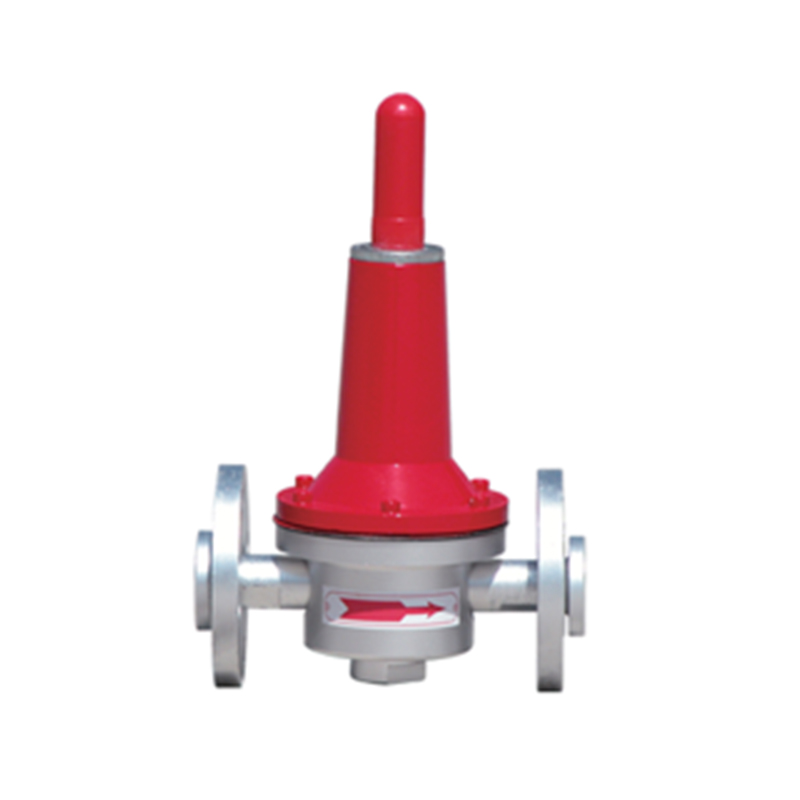
Nov . 06, 2024 21:59
Back to list
Pressure Pipe System Design and Applications in Industrial Engineering
Understanding Pressure Pipes Applications, Importance, and Safety Measures
Pressure pipes play a critical role in various industries, including water supply, oil and gas, sewage systems, and chemical manufacturing. These pipes are designed to withstand high internal pressures generated by the liquids or gases they transport. The construction and maintenance of pressure pipes are vital for ensuring safety and efficiency in many applications.
Applications of Pressure Pipes
1. Water Distribution Systems Pressure pipes are extensively used in municipal water supply systems. They transport treated water from treatment plants to residential and commercial areas. The ability of these pipes to handle high pressure is essential, as it ensures consistent water flow, even in elevated or distant locations.
2. Oil and Gas Industry In the oil and gas sector, pressure pipes are used to transport crude oil, natural gas, and refined petroleum products. These materials often exist under extreme conditions, requiring strong and durable pipes to prevent leaks and ruptures. Pipeline integrity is a crucial aspect of energy infrastructure, making the quality of pressure pipes critical to the industry's safety.
3. Sewage and Wastewater Systems Pressure pipes are also utilized in sewage systems to carry wastewater away from homes and businesses to treatment plants. Proper functioning of these pipes is essential to prevent backflows and overflows, which can lead to environmental contamination and public health issues.
4. Chemical Manufacturing In chemical industries, pressure pipes are used to transport various chemicals safely. Given the hazardous nature of some chemicals, it is paramount that these pipes are resistant to corrosion, high pressure, and extreme temperatures.
.
The significance of pressure pipes extends beyond just their physical presence in systems; they contribute to the overall functionality and reliability of essential services. Not only do they help in maintaining pressure levels for consistent flow, but they also ensure the safety of operations. Failure of pressure pipes can lead to catastrophic consequences, including leaks, environmental disasters, and loss of life.
أنبوب الضغط

A well-designed and maintained pressure pipe system can prevent such failures. This requires regular inspections, adherence to safety regulations, and the use of materials that meet industry standards. Modern materials, such as high-density polyethylene (HDPE) and fiberglass-reinforced plastics, have been developed to provide enhanced durability and resistance to stress.
Safety Measures in Pressure Pipe Systems
The safety of pressure pipe systems is governed by various regulations and standards set by organizations such as the American Society for Testing and Materials (ASTM) and the American National Standards Institute (ANSI). These measures include
1. Material Selection Choosing the right materials for the intended application is vital. For example, steel pipes may be more suitable for high-pressure applications, while PVC pipes can be used for lower pressure scenarios.
2. Regular Inspections Routine checks for leaks, corrosion, and wear can identify potential issues before they escalate. Advanced technologies like ultrasonic testing and smart pigging are employed to monitor pipe integrity without disrupting operations.
3. Pressure Relief Systems Installing pressure relief valves can prevent pressure from exceeding safe limits, which can lead to pipe bursts. These safety devices are crucial in industries where fluctuating pressures are common.
4. Training and Compliance Ensuring that personnel are properly trained in handling and maintaining pressure pipe systems is essential. Additionally, compliance with local and international safety standards prevents accidents and promotes safe working practices.
Conclusion
Pressure pipes are indispensable in various industries, facilitating the safe and efficient transport of fluids and gases. Their importance cannot be overstated, as they are integral to the functionality of essential services that we often take for granted. Through proper material selection, regular inspections, and adherence to safety measures, the risks associated with pressure pipes can be effectively managed, ensuring operational integrity and public safety. As industries evolve and demand for resources increases, the role of pressure pipes will continue to be paramount in building a sustainable future.
Latest news
-
Safety Valve Spring-Loaded Design Overpressure ProtectionNewsJul.25,2025
-
Precision Voltage Regulator AC5 Accuracy Grade PerformanceNewsJul.25,2025
-
Natural Gas Pressure Regulating Skid Industrial Pipeline ApplicationsNewsJul.25,2025
-
Natural Gas Filter Stainless Steel Mesh Element DesignNewsJul.25,2025
-
Gas Pressure Regulator Valve Direct-Acting Spring-Loaded DesignNewsJul.25,2025
-
Decompression Equipment Multi-Stage Heat Exchange System DesignNewsJul.25,2025

